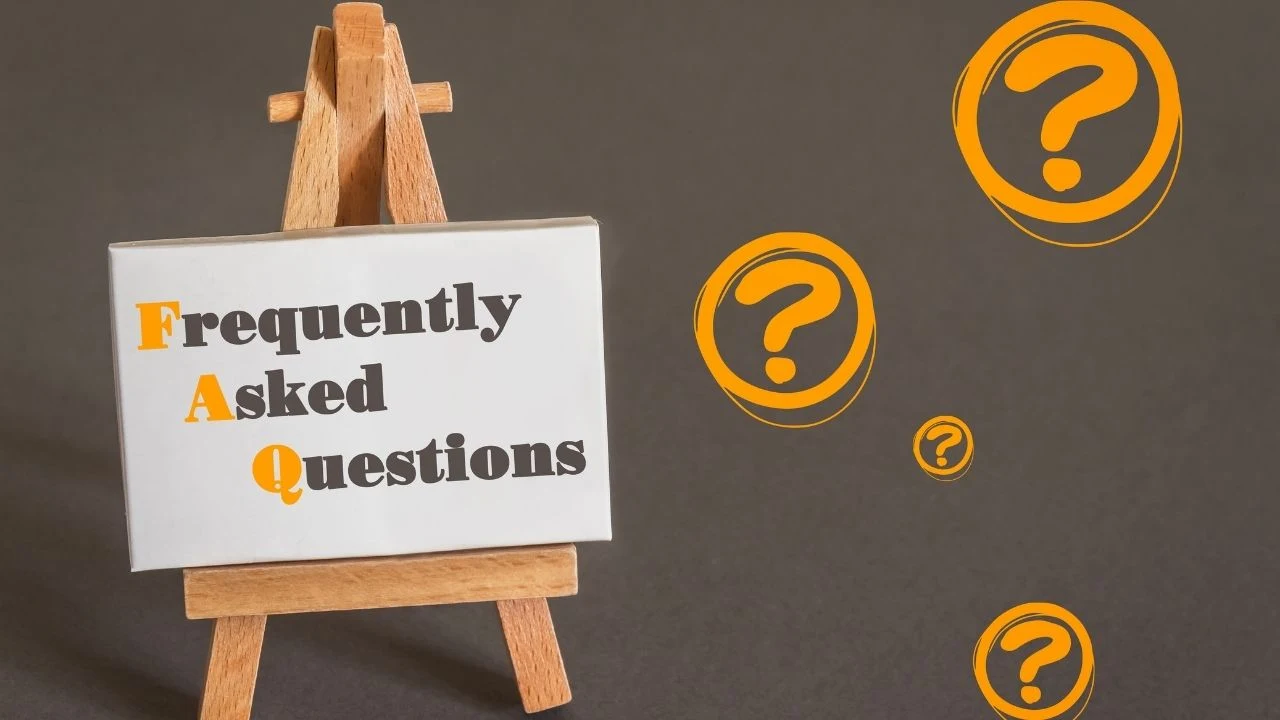
|
Description
Cannabis is a natural plant used in three main forms: resin, which comes as solid dark-colored lumps or blocks; the leaves and stalks of the plant, called grass or weed; and the third kind, cannabis oil. Cannabis is usually rolled (either by itself or with tobacco) into a joint or spliff and smoked, but it can also be cooked and eaten.
Effects
Getting 'stoned' on cannabis makes users feel relaxed, talkative and happy. Some people feel time slows down, and they also report a greater appreciation of colors, sounds and tastes. Users can develop strong cravings for food, called the 'munchies'.
These different changes are caused by a drug within cannabis that affects the brain. This chemical is called THC (tetrahydrocannabinol). THC weakens short-term memory, which is one of the reasons it is so bad to use this drug. If you are using cannabis and trying to study for exams, or doing anything that requires you to use your memory, then your brain may not register the things you are trying to learn.
Side Effects
Cannabis can affect memory and concentration, and can leave people feeling tired and lacking motivation. Inexperienced users, or people using a stronger type of cannabis than they are used to, can feel anxiety, panic or confusion. Some people may experience delusions or hallucinations.
Risks
Many people consider cannabis to be a relatively safe drug. However, new research shows that long-term users can find it hard to control their use of the drug and may become addicted. Smoking cannabis increases the risk of heart disease and cancers such as lung cancer, and may also affect fertility. Cannabis use may trigger schizophrenia in vulnerable people.
Reference:
The Drug Treatment Centre Board (DTCB) (n.d.). FAQs: About cannabis [Global Edit]. Retrieved 7 February 2018 from www.dtcb.ie
